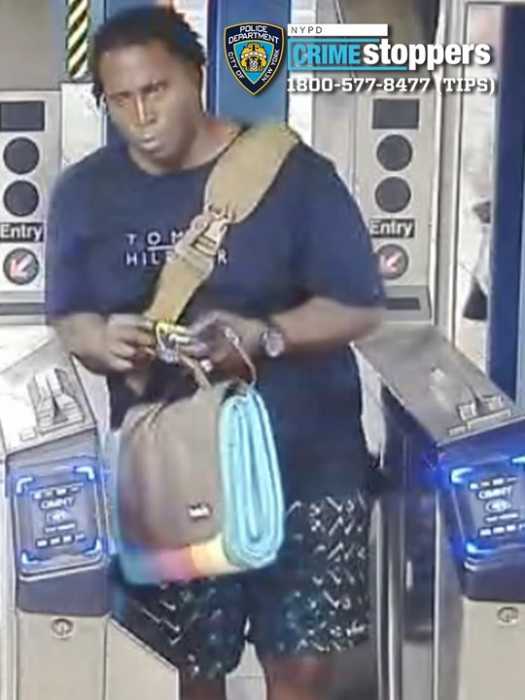By Bill Parry
During the last two winters, Sunnyside resident Regina Shandley and members of the United Forties civic association have volunteered to collect socks for residents of homeless shelters that operate at hotels in Woodside. The sock drives started after a woman at the Metro Hotel on Queens Boulevard told Shandley that most of the residents there had only one pair of socks for the entire winter.
“Last winter, we collected enough to fill several garbage bags. We gathered between 700 and 1,000 pairs,” Shandley said. “If we could get that many socks in Sunnyside and Woodside, imagine what we could do if we did the drive citywide. We’d collect millions.”
A new door-to-door survey, commissioned by the city, found that residents of four western Queens neighborhoods have a civic engagement level more than 48 percent higher than the national average. The study, released last week, surveyed more than 850 residents of Sunnyside, Woodside, Jackson Heights and East Elmhurst. It was conducted by Professor John Mollenkopf of the CUNY Graduate Center and the Mayor’s Community Affairs and Public Engagement Units.
“This one-of-a-kind effort reveals the contours of civic engagement in some of New York City’s most diverse and interesting neighborhoods — and shows their residents care about neighborhood issues and commit their time to taking care of them,” Mollenkopf said.
For nearly three decades, the Jackson Heights Beautification Group has enlisted volunteers to assist in the upkeep of the neighborhood.
“By volunteering, residents participate in democracy that goes beyond the voting booth,” Jackson Heights Beautification President Len Maniace said. “They become part of a community of people that helps shape the future of our neighborhood as a place for all its residents. I think volunteering for a group like ours connects you to many of your neighbors, people who you probably would never have known. As a result, we think we’ve helped to make Jackson Heights the small town in a big city.”
The neighborhoods were selected for their diverse economic, racial and housing characteristics. The study found residents engaging at more than three times higher than had traditionally been reported.
“No, I’m not surprised at all,” Shandley said. “I’ve lived on the Sunnyside-Woodside border for more than 30 years and the residents here are very generous with their time and money. After Hurricane Sandy the community got together to collect supplies and the hallways of Councilman Jimmy Van Bramer’s offices were filled in no time.”
Other findings showed residents face significant obstacles to volunteering, such as lack of time and lack of knowledge of available volunteer opportunities. In response, the city will launch the NYC Neighborhood Civil Engagement Pilot in the Sunnyside, Woodside and Jackson Heights area later this year to help volunteer organizations recruit and manage volunteers and increase the visibility and access of volunteer opportunities to residents.
“That would be great,” Shandley said. “There are so many people who want to get involved but don’t know how to get involved with the organizations that need the most help. If we could connect them, it would be amazing.”
Based on the results, NYC Service will expand to additional neighborhoods in 2018.
Reach reporter Bill Parry by e-mail at bparr




































